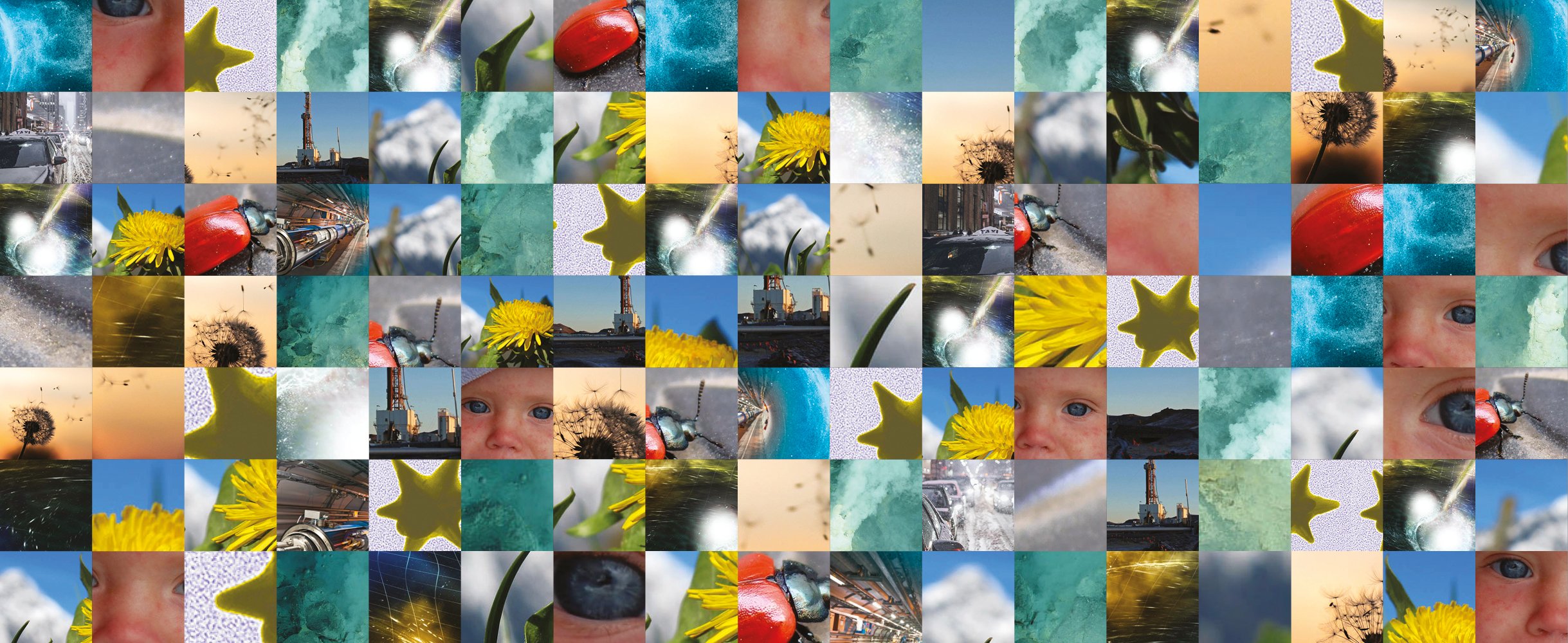by Zoé de York
From rubber dandelions and toxic crustaceans to anti-vaxxers and the world’s hottest geothermal well, Horizon covered a wide variety of stories in 2017. Here are our 10 favourite science facts that we learned along the way.

2. Anti-vaccine groups can serve as early warning signs of disease epidemics.



5. Exposure to air pollution before a school test can negatively affect students’ performance.



8. Poplar leaf beetles can ‘taste’ food even after it has reached their gut and entered their blood.


10. Gold nanoparticles are able to cross the protective membranes around cells.


